- Home
- slideshows
- miscellaneous
- What it's like to be a corn maze designer who creates 90 mazes a year for up to $2,500 each
What it's like to be a corn maze designer who creates 90 mazes a year for up to $2,500 each
Corn mazes are actually younger than you might expect. The first modern corn maze was designed in 1993 by Don Frantz in Annville, Pennsylvania.

Called the Amazing Maize Maze, it was shaped like a dinosaur, and was the first maze "designed for private and public entertainment," according to Frantz's website. Before 1993, the site says, "the maze was seen as a mostly passive art form."
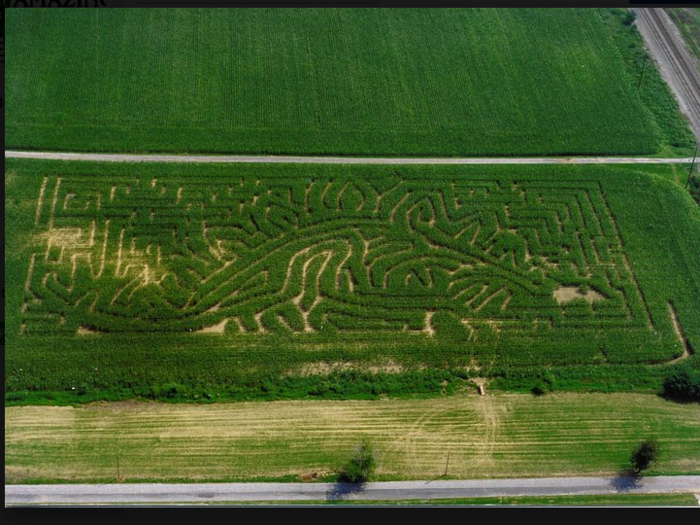
Source: American Maze
According to NPR, he got the idea while gazing out the window during a cross-country flight, when "he looked down over the farms of the Midwest and saw crops planted in perfect, amazing contoured lines."
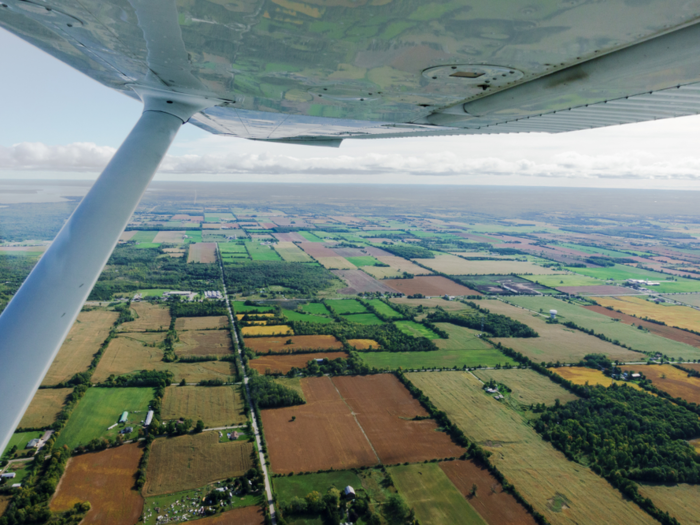
Source: NPR
Corn mazes have skyrocketed in popularity since then, and designers are constantly upping the ante. In 2014, Cool Patch Pumpkins set a Guinness world record for the largest temporary corn maze with a 60-acre labyrinth in Dixon, California.

Source: Guinness World Records
Don Watts, aka The Corn Maze Guy, is a corn maze designer in Doylestown, Pennsylvania. He serves clients in the Northeast and some of the Midwest and South.
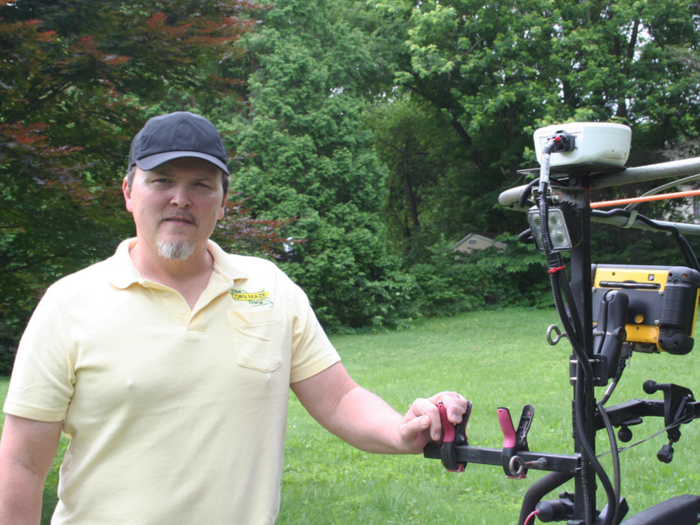
Source: The Corn Maze Guy
Since designing his first maze in 1989, Watts has created more than 900 labyrinths in locations as far as Maine, Florida, and Iowa.
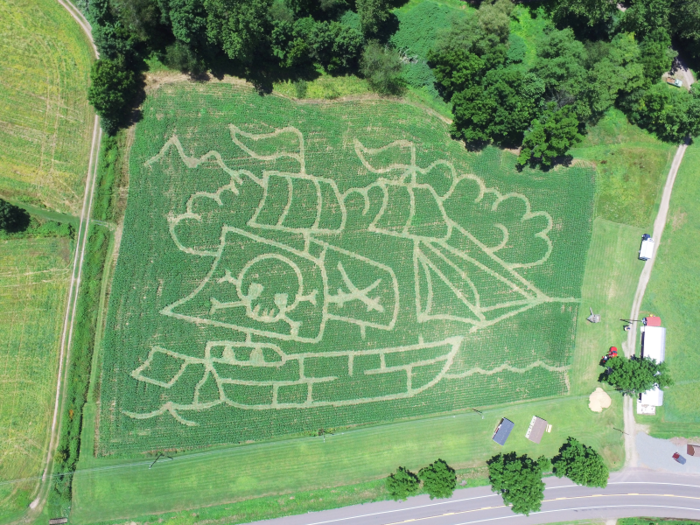
His designs range from pumpkins, farm animals, and eagles to the Grim Reaper, Benjamin Franklin, and the Statue of Liberty.
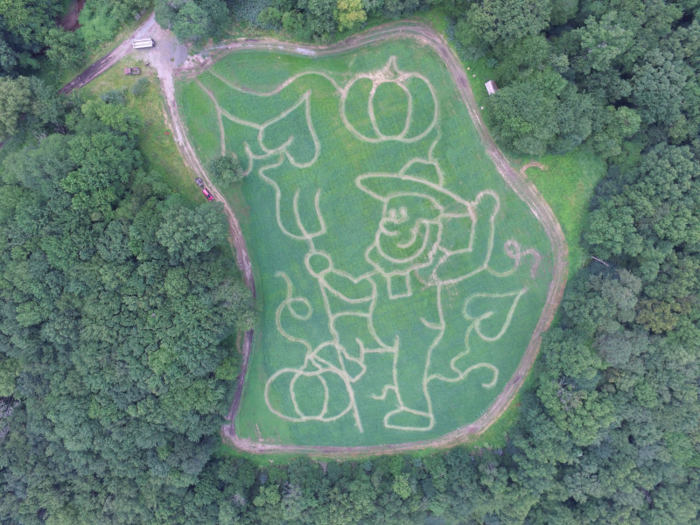
After high school, Watts worked at a farm for a few years, but left to start his own graphic design business. When the farm later hired him to design a corn maze, he drew on his experience in farming and design to create one. Soon, word spread of his talents, and other area farmers began commissioning his mazes.
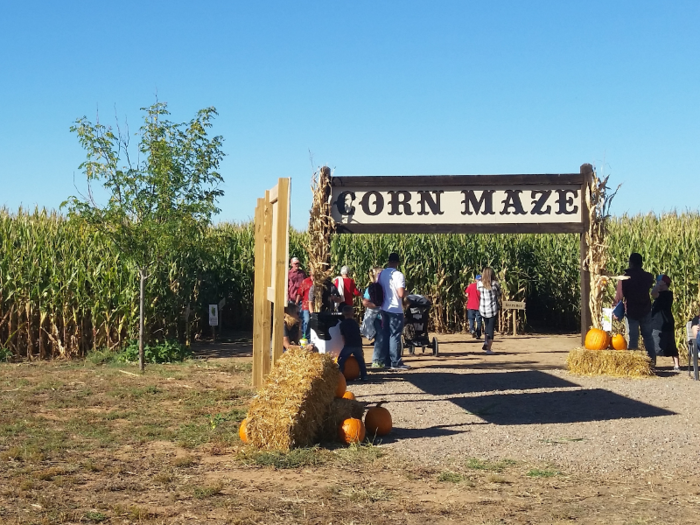
"I had acquired skills and training in art, farming and computers. I didn't know it at the time, but these three experiences would later be the necessary fundamentals for designing and creating corn mazes," he told Business Insider.
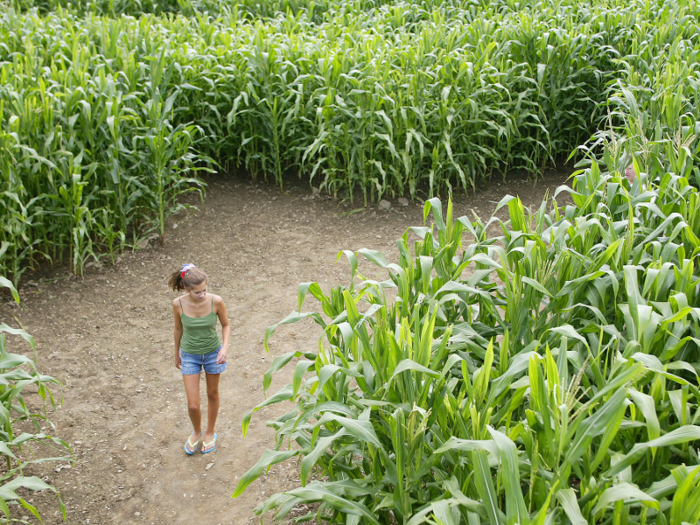
In the late 1980s, affordable GPS equipment wasn't widely available, he said, so he got up in a bucket truck to visually map mazes on plots of land. For the first 15 years, he said, "we did all the mazes using a grid system with stakes and spray paint."
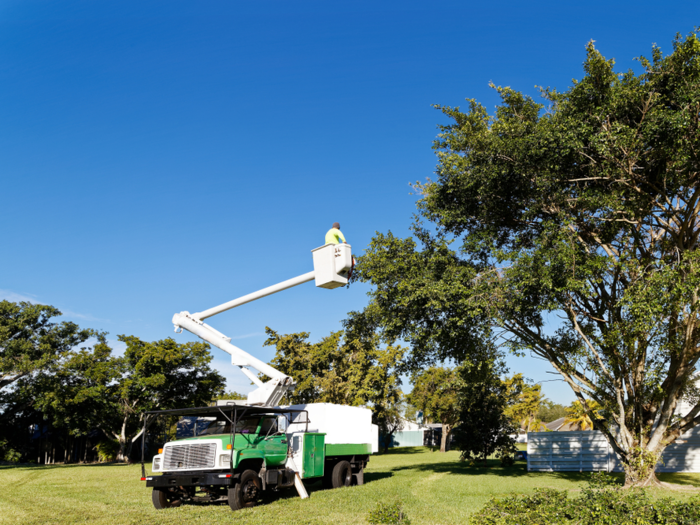
But technology has allowed the profession to evolve. Nowadays, designers use drones and GPS-equipped tractors and mowers that can zoom in on single stalks of corn, according to NPR.
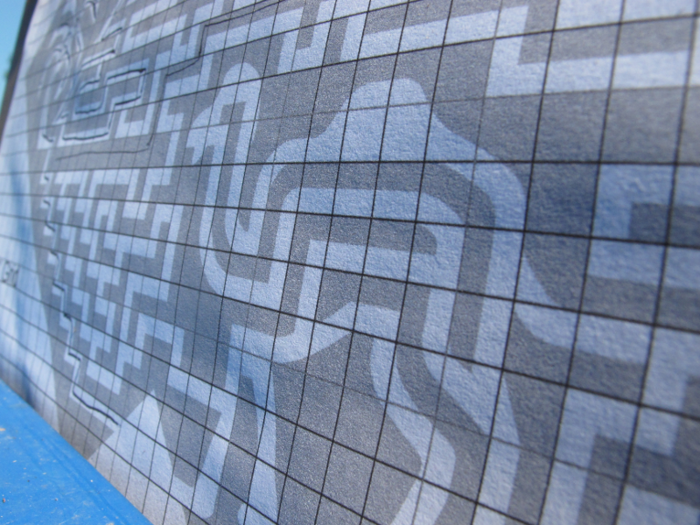
Source: NPR
Once a customer approves the design, Watts plots the coordinates into his GPS software. His equipment is accurate to within less than a foot.
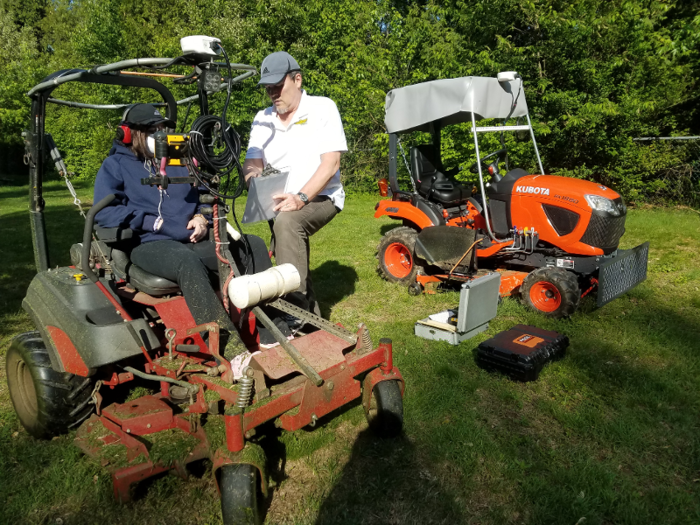
When the corn has grown to about 2 feet tall, Watts brings a commercial zero-turn mower to the site and cuts the design into the field by following the paths displayed on the GPS. This usually takes less than two hours.
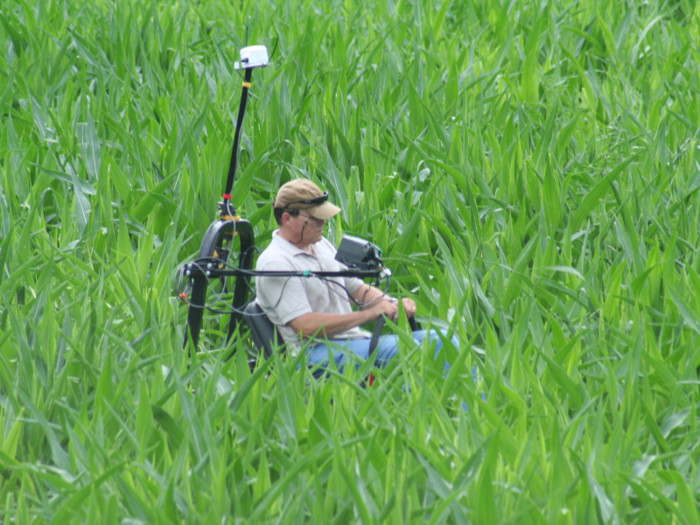
"Interestingly, we've cut mazes at night in total darkness," Watts said. "It is a little eerie being out in the middle of a large corn field at night, but the GPS display lets us know exactly where to go."
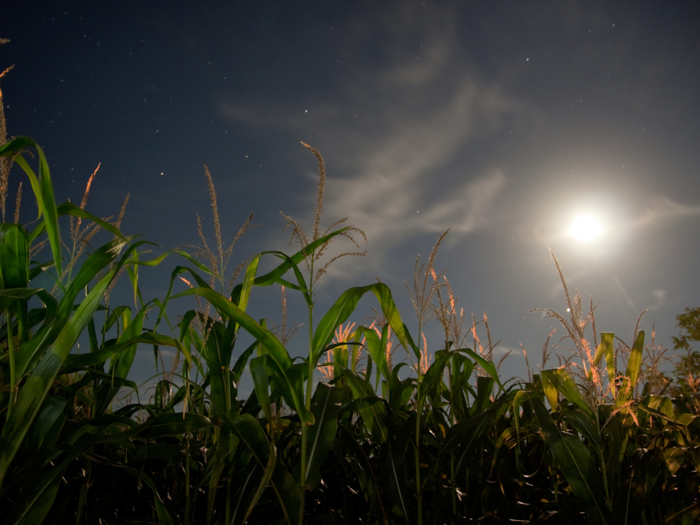
Watts said that most customers come to him with their own design ideas and that pumpkins, tractors, farm designs, and patriotic designs are the most popular.
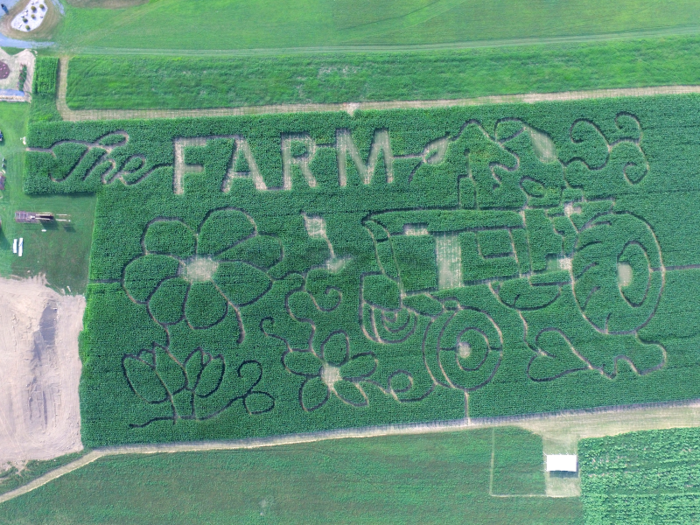
He said he typically designs his mazes between January and April and cuts the stalks in the summertime.
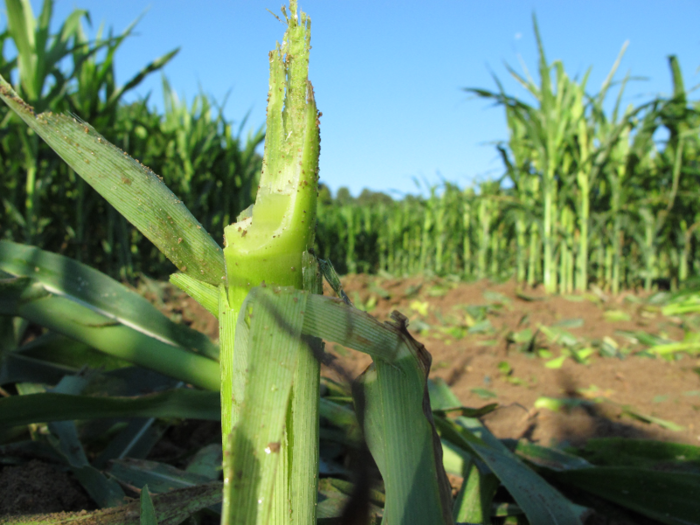
July and August are the busiest time for corn maze designers because they cut when the corn is not yet fully grown, Watts said. Creating the design and doing the GPS plotting takes three to eight hours per maze.
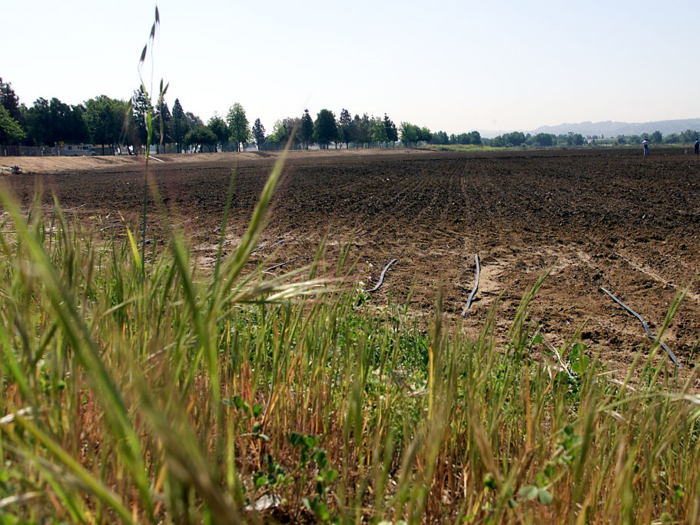
In 2008, after years of making mazes part-time in Pennsylvania, New Jersey, and Maryland, Watts decided to invest in his equipment and create a corn maze website. Business began to boom, and the gig became his full-time profession.

Source: TheCornMazeGuy.com
Of all the mazes he's done, Watts' favorite was based on the iconic 1945 photo "Raising the Flag on Iwo Jima," taken during World War II. The maze was created on a farm in Halifax, Massachusetts.
Watts says that some design requests make him cringe, like when they contain large circles and long, straight lines. These are challenging to cut precisely if he drives over bumps and ruts in the mower, which disrupt the GPS.
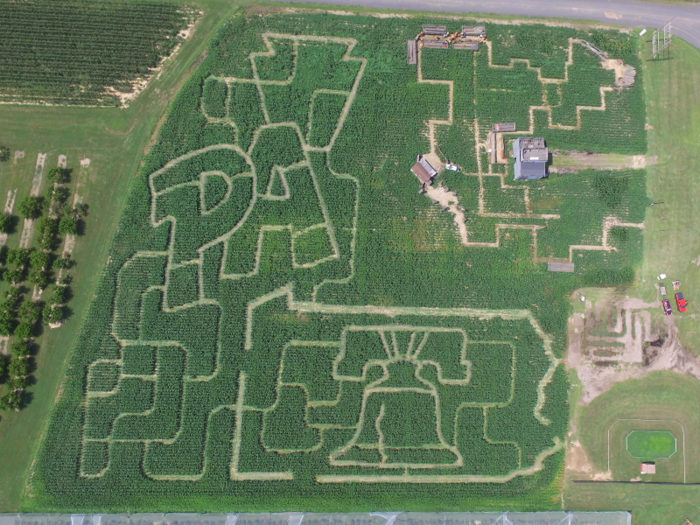
Nationwide, there's only a handful of maze designers, Watts said, and each has a different process and target customer.
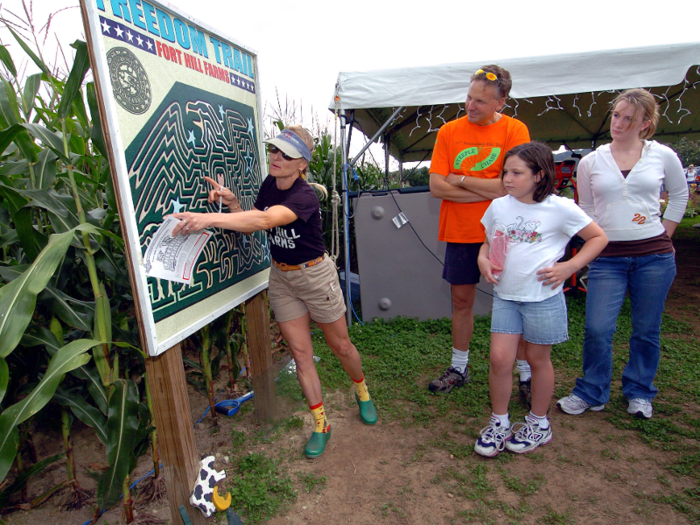
Watts specializes in small- to medium-size mazes — about three to eight acres — and markets himself as an affordable choice. Most customers find him via Google.
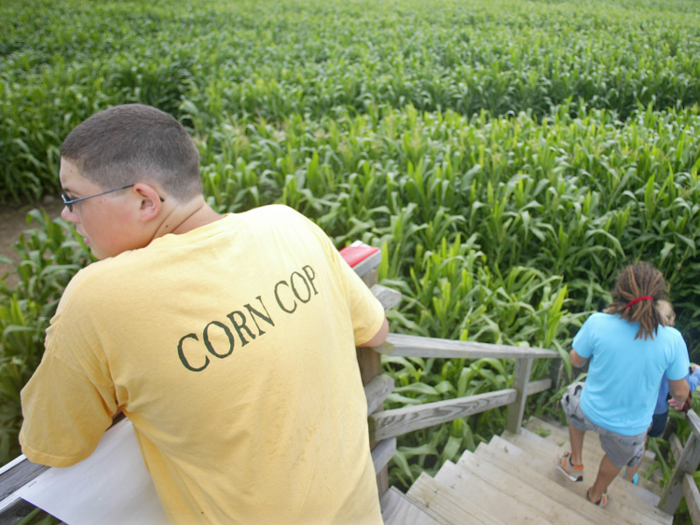
Every season, Watts designs about 90 mazes, with prices ranging from $1,900 to $2,500 each, he said.
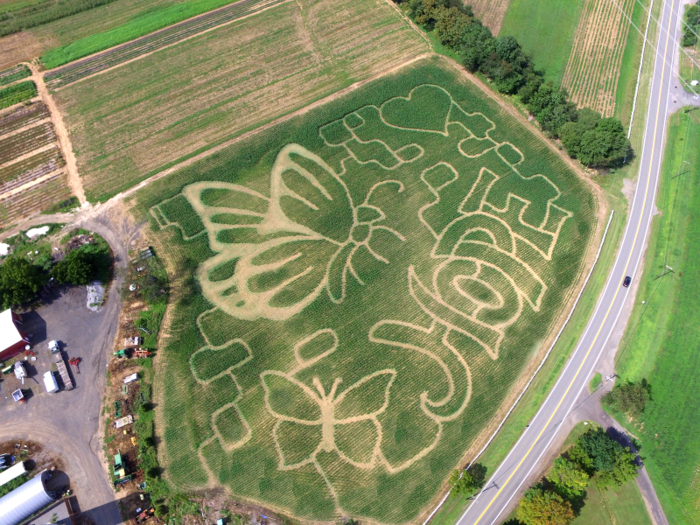
But it isn't all about the money for Watts. "The thing I like best about this business is the people I meet and making their day when I show them a photo of their maze," he said.
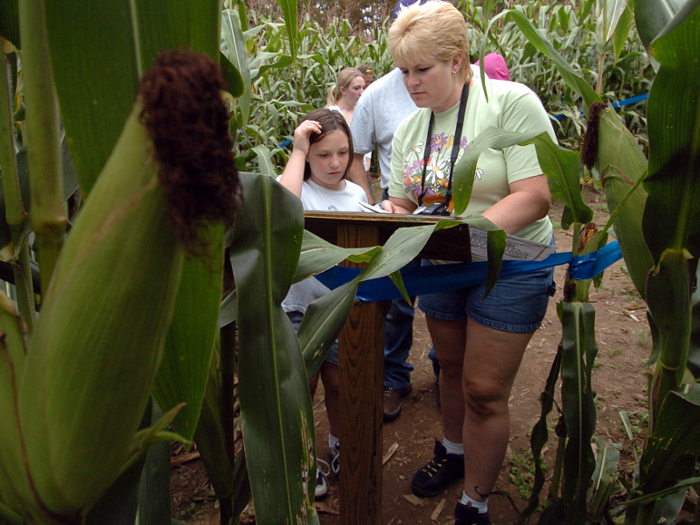
Popular Right Now
Popular Keywords
Advertisement